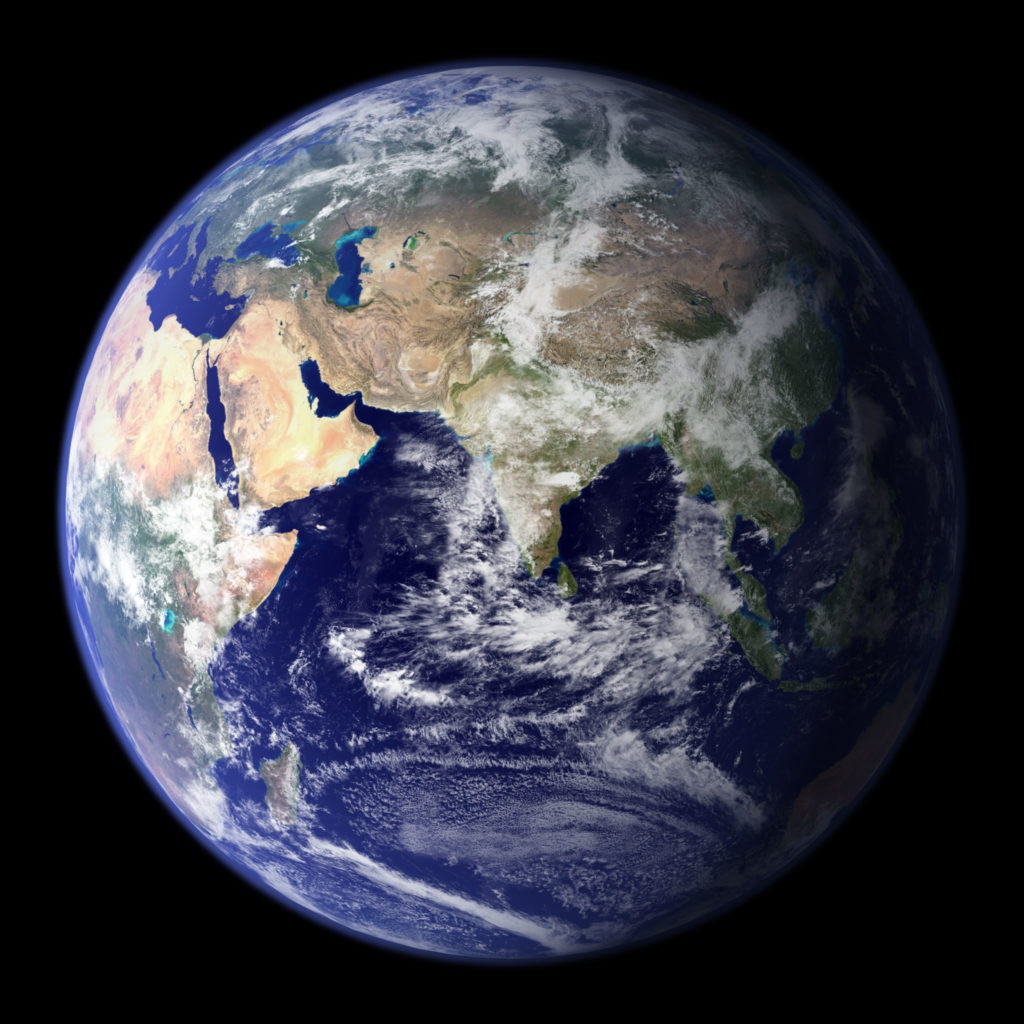As someone who was born and raised in Los Angeles, CA, I can attest to the omnipresence of air pollution. For the inner cities or inland desert communities, summer days are planned around pollution alerts, courtesy of the news. For those with deeper pockets, coastal living provides a privileged escape away from the harmful air. Unfortunately, even given the major strides[1][2] made by the state to address air quality, it has become as synonymous to the city as In-N-Out, Hollywood, and the beaches. Therefore when the U.S. Proceedings of the National Academy of Sciences (PNAS) published its study on the unequal distribution of air pollution, at first glance, I wasn’t surprised. But as I continued reading, I recognized the power in the findings.
The PNAS study does something past research hasn’t: it finds a direct connection between those who create most of the air pollution and those who are exposed to it. That in fact, white, non-Hispanic Americans create most of the pollution inhaled by communities of color, due to the higher demands and consumption of goods among this group. The novel element of the study is the link between consumer demands, consumption of products, and disproportionate pollution inhalation.
To many in the public health community, these findings reinforced what has been known for decades.[3][4] Communities of color, particularly those which are black and brown, unequally bear the burden of air pollution and the adverse health outcomes associated with it.[5][6] Such inequities led the Environmental Protection Agency (EPA) to create The Office of Environment Justice in 1992 in an effort “to address the needs of vulnerable populations by decreasing environmental burdens, increasing environmental benefits, and working collaboratively to build healthy, sustainable communities.” Much of the work the Office of Environmental Justice focuses on is the support of communities in capacity development through technical assistance and collaborative problem-solving agreements, akin to CSSP.
As Earth Day approaches, I find myself thinking about environmental justice and asking, are local, state and federal agencies of various sectors willing and able to collaboratively work to address such a systemic issue? My hope is that the PNAS research will galvanize systems to address these inequities.
At CSSP, we work every day to achieve a racially, economically, and socially just society in which all children and families thrive. To me, there is nothing more indicative of that mission and of Earth Day than protecting our planet and ensuring those most affected by environmental changes are thriving and living healthy lives.
Azieb Ermias is a DULCE Program Manager at CSSP.
[1] Parrish, D. D., Singh, H. B., Molina, L., & Madronich, S. (2011). Air quality progress in North American megacities: A review. Atmospheric Environment, 45(39), 7015-7025.
[2] Lents, J. M., & Kelly, W. J. (1993). Clearing the Air in Los Angeles. Scientific American, 269(4), 32-39.
[3] Mott, L. (1995). The Disproportionate Impact of Environmental Health Threats on Children of Color. Environmental Health Perspectives, 103, 33-35.
[4] Urban Air Pollution and Health Inequities: A Workshop Report. (2001). Environmental Health Perspectives, 109, 357-374.
[5] Gray, S. C., Edwards, S. E., Schultz, B. D., & Miranda, M. L. (2014). Assessing the impact of race, social factors and air pollution on birth outcomes: A population-based study. Environmental Health, 13(1).
[6] Bell, J., & Standish, M. (2005). Communities And Health Policy: A Pathway For Change. Health Affairs, 24(2), 339-342.
